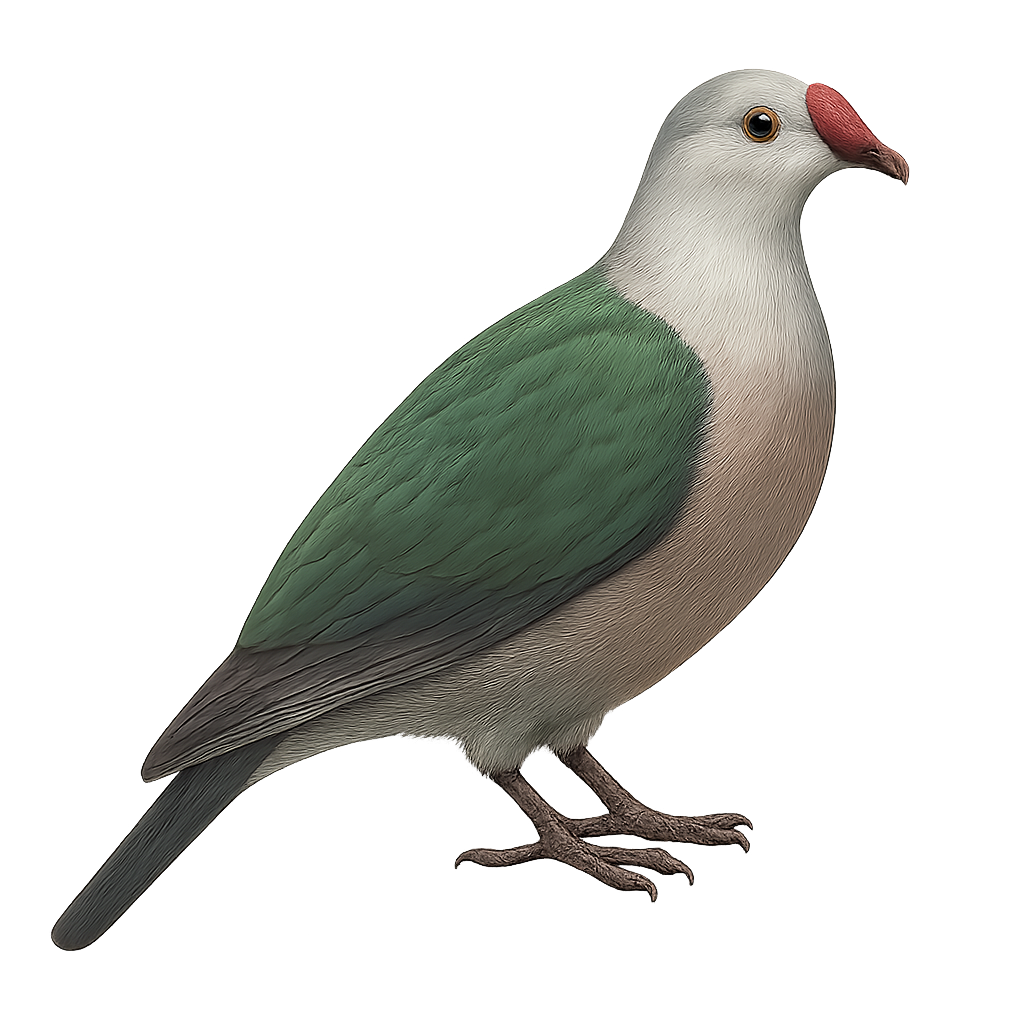Your wildlife photography guide.
Explore the red-knobbed imperial pigeon in detail, study its behavior, prepare your shots.
Where to observe and photograph the red-knobbed imperial pigeon in the wild
Learn where and when to spot the red-knobbed imperial pigeon in the wild, how to identify the species based on distinctive features, and what natural environments it inhabits. The WildlifePhotographer app offers tailored photography tips that reflect the red-knobbed imperial pigeon’s behavior, helping you capture better wildlife images. Explore the full species profile for key information including description, habitat, active periods, and approach techniques.
Red-knobbed Imperial Pigeon
Scientific name: Ducula rubricera

IUCN Status: Least Concern
Family: COLUMBIDAE
Group: Birds
Sensitivity to human approach: Suspicious
Minimum approach distance: 10 m
Courtship display: November to December
Incubation: 26-28 jours
Hatchings: November to January
Habitat:
Tropical rainforests, mangroves, wooded areas
Activity period :
Primarily active during the day, with peak activity in the morning and late afternoon.
Identification and description:
The Ducula rubricera, or Red-knobbed Imperial Pigeon, is a medium-sized bird belonging to the Columbidae family. It is primarily found in the tropical rainforests of New Guinea and surrounding islands. This pigeon is notable for its bright red head, contrasting with its grey and white plumage. It mainly feeds on fruits, playing a crucial role in seed dispersal. Although its habitat is relatively stable, deforestation poses a potential threat. Its behavior is generally suspicious, but it can become accustomed to human presence in protected areas. Its breeding period varies depending on the availability of food resources.
Recommended lens:
400 mm – adjust based on distance, desired framing (portrait or habitat), and approach conditions.
Photography tips:
To photograph the Red-knobbed Imperial Pigeon, it is advisable to use a telephoto lens of at least 400mm to capture precise details without disturbing the bird. Look for areas where these pigeons feed, such as fruit trees, and be patient. Natural light in the morning or afternoon is ideal to highlight the bright colors of their head. Stay discreet and avoid sudden movements to prevent scaring them away.
The WildlifePhotographer App is coming soon!
Be the first to explore the best nature spots, track rutting seasons, log your observations, and observe more wildlife.
Already 1 449 wildlife lovers subscribed worldwide

